Yahweh’s Virtual Navigator (YVN) helps to reduce ships’ fuel consumption and reduce emissions by analysing wave pattern data from Sentinel-3. The planned course of a voyage, the speed of the ship, and the pitch of its propeller can be adjusted with minimum human intervention. This enables the ship to exploit rough conditions to its advantage and consume less fuel.
Ke Ni (KN) interviews Jayems Dhingra (JD), Team Lead of the project Yahweh’s Virtual Navigator.
KN: Please briefly introduce yourself.
JD: I am a life-long learner, enthusiastic about the study of sea and space. In my early years, I was a marine engineer sailing on diverse types of ships for about 12 years, before moving on to other technological, management and legal fields. I’m passionate about the development of innovative technologies and the enhancement of prevailing systems.
KN: Please give us a sneak peek of your product and the team behind it.
JD: Our innovation and the innovative product entitled Yahweh’s Virtual Navigator is a timely response to the challenges faced by the transport industry segments, in particular the shipping industry, when it comes to reducing greenhouse gas emissions. The solution offered by Yahweh’s Virtual Navigator is to enhance energy efficiency by using Copernicus Sentinel – 3 altimetry data as an aid to automatic navigation along the charted route. By riding the waves, ships can enhance their propulsion efficiency and optimise fuel consumption.
The team, besides myself as the system architect, includes Umesh Sharma, a very experienced electrical engineer with extensive experience in electro-technology for the remote control of ships and marine automation. He conducts tests, simulations, and trials before the launch of an approved commercial system for use on board ships.
KN: What has been your company’s biggest challenge so far?
JD: Our major challenge so far has been to convince ship propulsion and navigation system manufacturers to share the protocols for interfacing Yahweh’s Virtual Navigator with their existing logic control system. We are working to overcome this hurdle and are hopeful that we will identify a like-minded manufacturer soon.
KN: Can you explain the three main ingredients of your recipe for success?
JD: The first important ingredient is the pressure exerted by the International Maritime Organization (IMO) on the maritime industry and shipowners to control the emission of greenhouse gases. The Energy Efficiency Operational Indicator (EEOI) represents a ship’s energy efficiency over a consistent period and is taken into account for the overall trading pattern of the vessel. The major source of the consumption of energy and fuel is the propulsion system. Our solution helps to optimise propulsion efficiency and hence can improve the EEOI of a vessel.
Another aspect that forces ship owners to focus on enhancing fuel efficiency is the launch of the EU Green Deal and Council’s “Fit for 55”package, which involves the removal of subsidies on fuel and bunkers for the aviation and shipping industry from 2023. In addition, the EU imposes a tax of about USD 50/ton of HFO sold and used, as well as a carbon tax.
Finally, Yahweh’s Virtual Navigator results in cost savings from daily fuel consumption. Even if a ship saves only one ton of fuel per ship per day of sea voyage, it amounts to significant savings for a shipping company over the course of a year. Based on the price of fuel in 2021, it was estimated that the shipping industry could achieve savings of USD 25 billion net per year from large sea-going ships alone.
KN: What did you expect from winning the BMVI Challenge and how do you think the Copernicus Masters and its network have helped you to kick-start your business case?
JD: In the early stages of the project, the focus was on finding a solution to overcome the challenges faced by ships and explore various ways to reduce the major source of fuel consumption and pollution. The BMVI Digital Transport Challenge provided an impetus to find digital solutions using satellite imagery or data that can assist a decision-support system. After attending some of the introductory and training sessions organised by AZO on how to access data and various types of instruments on the family of Sentinel satellites, we were able to refine our idea. There has been a widespread use of satellite data for meteorological, weather forecasting and GPS navigation for ships. However, the objectives of BMVI Transport Challenge directed our thoughts about using satellite data to enhance energy efficiency instead. Thus, through interactive seminars and briefings with free access to ESA-sponsored websites like EUMETSAT, CMEMS and AVISO for data retrieval, our vague concept was redirected with a specific focus on altimetry data and wave pattern study. This was the turning point to kick-start our business case.
KN: What were the main reasons to participate in the Copernicus Masters Competition?
JD: I will be candid about it. One day, I received an email inviting individuals to participate in the Copernicus Masters. I just attended the first briefing session conducted by AZO out of curiosity. I had the privilege of hearing from the Challenge Partners and hearing a very inspiring message by Ines Kuhnert. After that, I listened to the presentations by all of the other Challenge Partners as well as introductory sessions about various missions of ESA. I must admit that I was impressed and inspired to participate in the competition. It was not with an objective of winning a prize, but more of learning through the network of professionals and researchers. The competition provided us with a test bed for our idea, so we decided to enter the Copernicus Masters to learn about the Challenges as well as test our ideas.
KN: What convinced you to enter the BMVI Challenge with your business idea?
JD: The BMVI Challenge was the ideal choice due to our extensive knowledge in the marine and offshore domain, as well as having a project concept for the transport sector. I did further research into the various programmes under the BMVI and was highly impressed by the widespread reach of innovations and transport systems in all three segments: land, sea, and air – all developed and managed under the umbrella of BMVI. I was very keen to learn more about feasibility of our concept and views from BMVI after reading about the network of companies and projects. This led to our decision to participate in the BMVI Challenge.
KN: How do you think you benefit from the Partner BMVI’s support?
JD: One of the biggest benefits of being selected by BMVI shows that our concept was a viable application of Copernicus Sentinel satellite data. We are extremely grateful for the recognition accorded to us by BMVI. The compliments and congratulatory remarks by Stefan Waas from BMVI will always be our inspiration for moving forward as we progress through the development of Yahweh’s Virtual Navigator. We anticipate that the research team at BMVI facilities in Bavaria, Germany, will be happy to guide us whenever necessary. This gives us the assurance that we have a strong and solid partner by our side, so we feel encouraged and challenged all the time.
KN: Let’s reach for the stars – what is going to happen in the future of Yahweh’s Virtual Navigator?
JD: The future seems to be brighter than the past, though there have been some geopolitical tensions in Europe, which have caused some delays. However, with crude oil prices surpassing an all-time high, systems like Yahweh’s Virtual Navigator will be a blessing to all those who receive it. The IMO decided in June 2022 to stay on track with the reduction of greenhouse gas emission targets by 2030, and the Carbon Intensity Indicator (CII) will apply to the MARPOL ship types above 5,000 GRT from 1 January 2023. Each such ship will be rated annually from grade A to E, with C as the minimum requirement. Thus, ships will constantly be under pressure to minimise pollution to not only achieve but always maintain an A rating, which is key to being a revenue generator. This gives a boost to our project of “Optimising Propulsion Efficiency and Minimising Pollution by Ships.”
Did you enjoy this interview with the outstanding startup? Anyone interested can get into contact with Yahweh’s Virtual Navigator via d.jayems@gmail.com. Stay tuned for upcoming interviews with former competition winners on our blog.
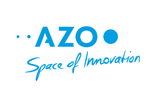
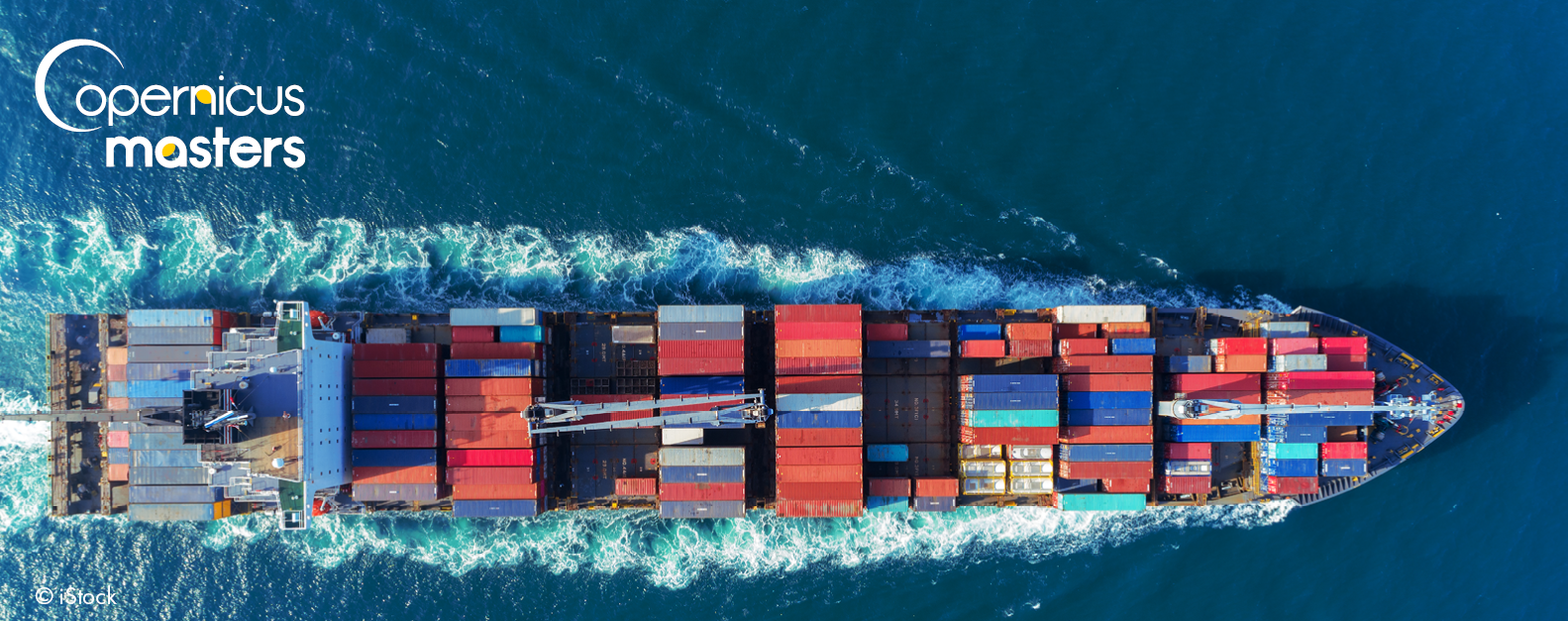

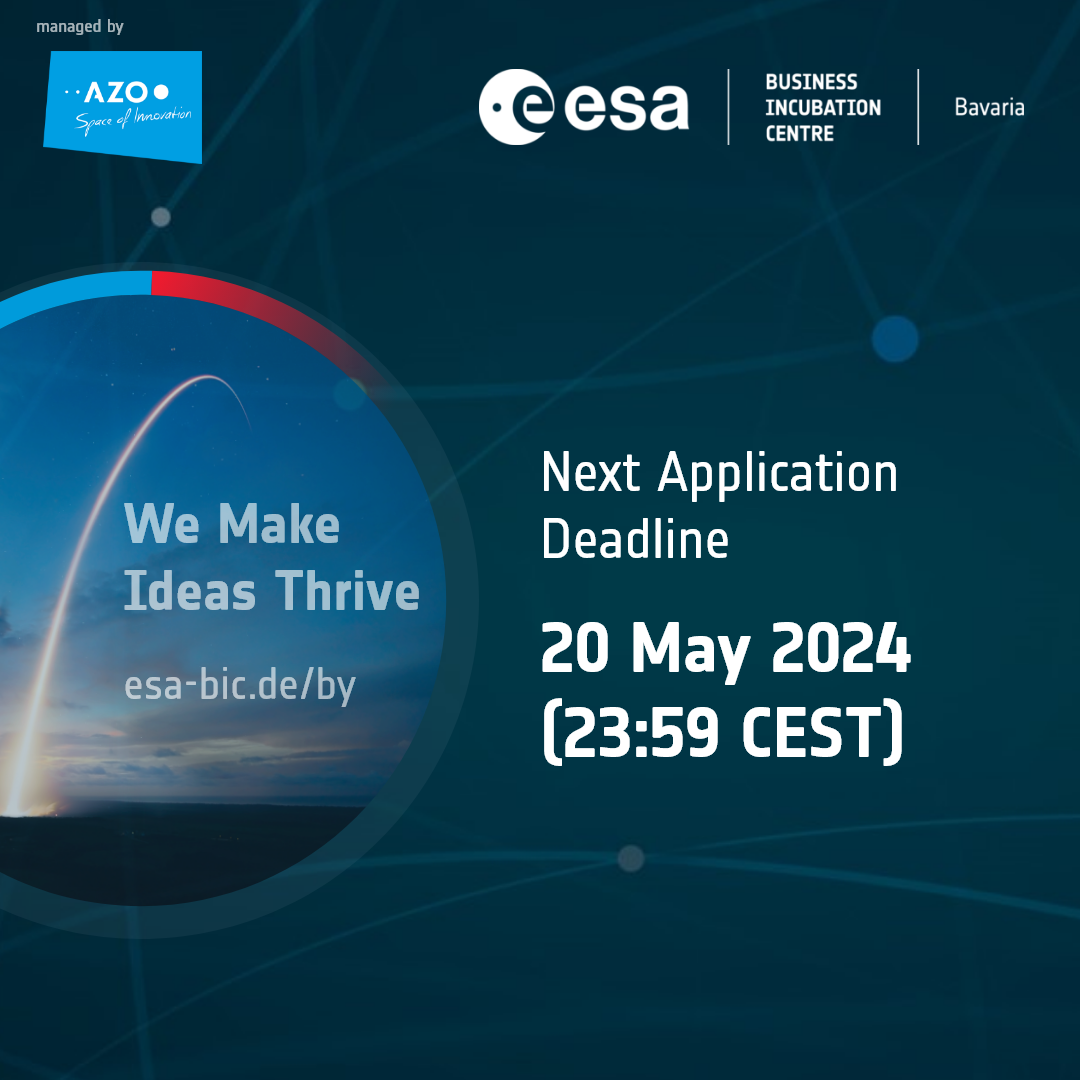
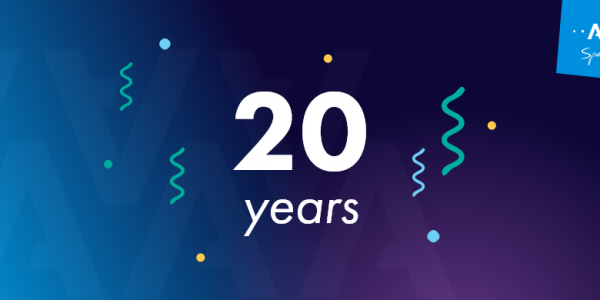

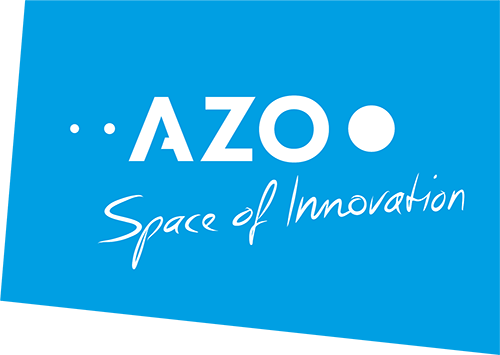
Comments are closed.